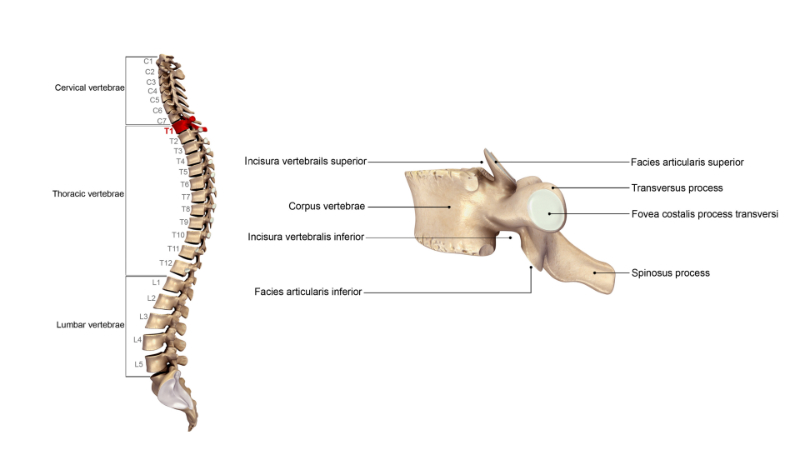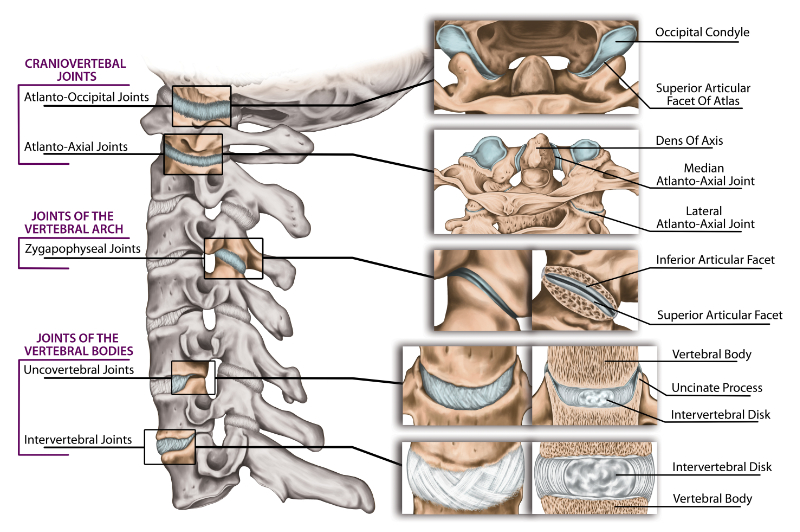Twelve cranial nerves are tested (Clark et al., 2021). Examination of these cranial nerves shows brainstem dysfunction in acute trauma (Assir & Das, 2021).
The only nerve not tested due to no significance is the olfactory nerve (CN #1).
The “blink-to-threat” test for comatose patients can be assessed to determine the optic nerve function (CN #2) (Clark et al., 2021). The patient should blink in response to rapid hand movement in front of the eyes in different directions if the patient is awake and responsive. Patients who are awake and responsive can vocalize findings and have their visual acuity tested by a Snellen eye chart. Defects and blind spots in the visual field should be assessed. To assess this, the patient should fixate on an object straight ahead and report when they can see a finger move into the four visual quadrants. Testing both eyes separately is essential.
Eye vision, position, and movements are vital in assessing the function of the CNs (Clark et al., 2021). Pupillary responses are among the most important parts of the neurologic exam in patients with impaired consciousness. If the patient has a normal pupillary response, the optic nerve and oculomotor nerve (CN#3) are intact. The pupil shape and size should be noted while the patient is at rest. Pointing a light near the patient's eyes, each done twice should occur to assess the response of the illuminated pupil and then again to evaluate the consensual response of the non-illuminated pupil. Typically, the pupil should constrict or shrink in response to light (Clark et al., 2021).
Having the patient close one eye and focus on a finger while it is moved can test the oculomotor nerve (CN #3), the trochlear nerve (CN #4), and the abducens nerve (CN #6) (Clark et al., 2021). With one eye closed on the patient, move the finger in different directions from a central point. Move the finger vertically, diagonally, and horizontally. While doing so, examine each eye closely to look for abnormal or weak eye movements. The conjugate gaze functions can be assessed if the same steps are completed with the eyes open. Note any dysconjugate gaze (failure of the eyes to move in the same direction), nystagmus (repetitive, uncontrolled eye movements), or fixed deviation of the eyes in a particular direction (Clark et al., 2021).
CN 3, 4, and 6 can also be assessed when patients are comatose by eliciting a normal physiological response called the “oculocephalic reflex.” This reflex can be performed by holding the patient’s eyes open and rotating the head up and down and from side to side (Clark et al., 2021). If there are head and neck injuries, this should not be performed. The normal oculocephalic reflex is present if the eyes move in the opposite direction of the head movement (e.g., turning the head rightward causes leftward deviation of the eyes to maintain fixation of gaze, sometimes termed “doll’s eyes” movement) (Clark et al., 2021).
Touching each cornea gently with a cotton wisp can test the corneal reflex should elicit a bilateral blinking reflex (Clark et al., 2021). If there is any facial grimacing, it should be noted. Check for facial grimacing by rubbing vigorously on the supraorbital ridge or the bony prominence above each eye. These can be used to assess the trigeminal nerve's function (CN #5) and facial nerve (CN #7).
The trigeminal nerve can be tested by evaluating the mastication muscles and symmetric sensation in the face. Patients who are alert and awake can also demonstrate facial nerve function by puffing out their cheeks, smiling, wrinkling their eyebrows, and clenching their eyes tight. If there is asymmetry, it should be noted (Clark et al., 2021; Mount Sinai Health System, 2021).
Alert patients can also have the vestibulocochlear nerve (CN #8) tested (Clark et al., 2021). This can be tested partially through conversation. Still, direct testing can be done by rubbing fingers together right beside the individual’s ear. While performing this action, the patient should note if the sound is symmetric in both ears.
The vagus nerve (CN #10) and the glossopharyngeal nerve (CN #9) can be tested in an unresponsive patient through the gag reflex (Clark et al., 2021). This reflex can be elicited by touching the base of the tongue or the posterior pharynx with a cotton swab. The patient’s mouth should be opened, and a light shone in to evaluate and visualize the symmetric elevation when responding to the tactile stimulus. If the patient has an endotracheal intubation setup, this response can be elicited by using a suction tube (Clark et al., 2021).
Asking patients to shrug their shoulders against resistance and asking them to rotate the head in lateral directions against resistance and opposition tests the accessory nerve (CN #11) (Clark et al., 2021). Asking the patient to stick their tongue out, push it forcefully against the inside of each cheek, and move the tongue side to side tests the hypoglossal nerve (CN #12) (Clark et al., 2021). Note any weakness or deviation.






















